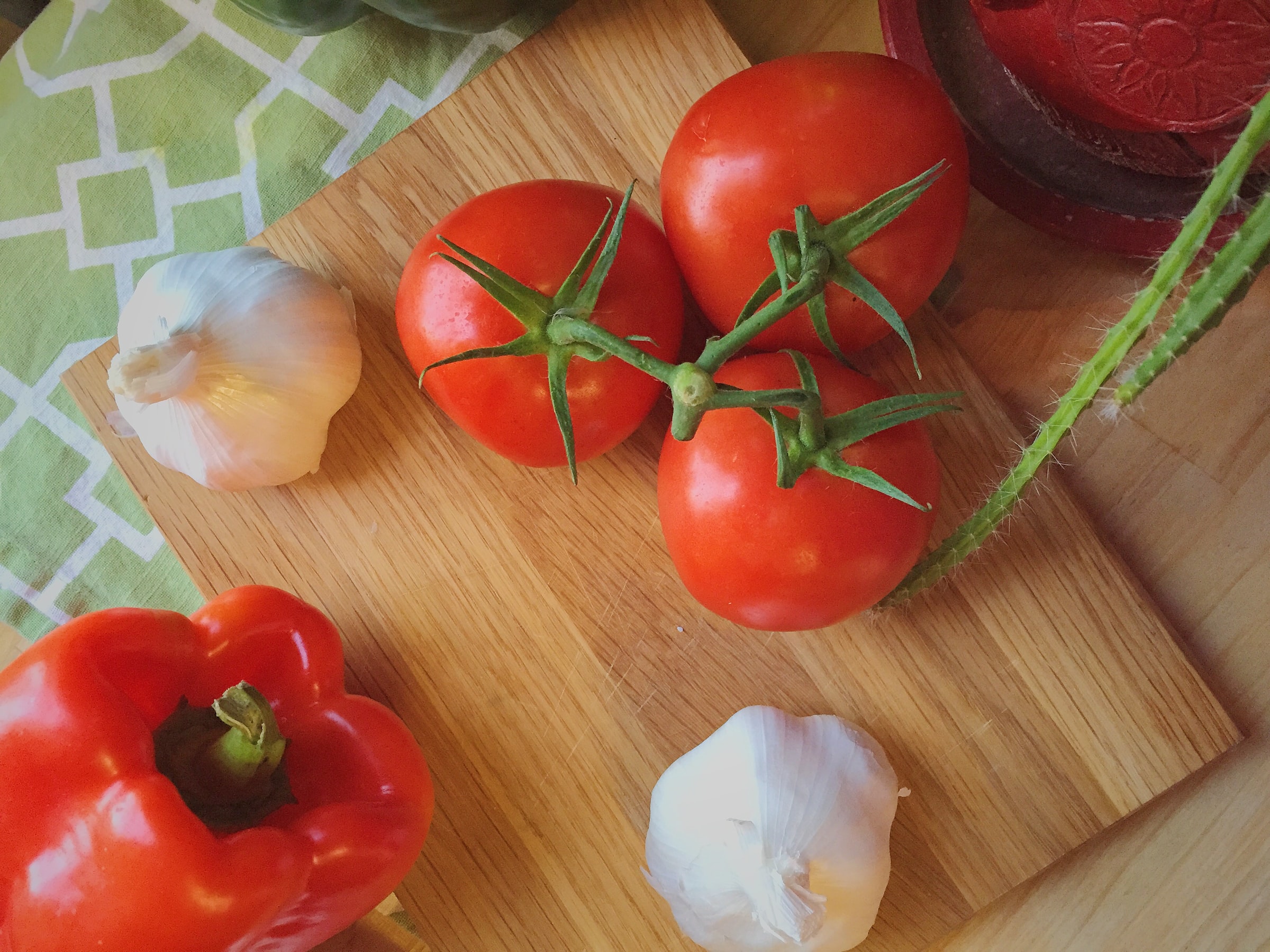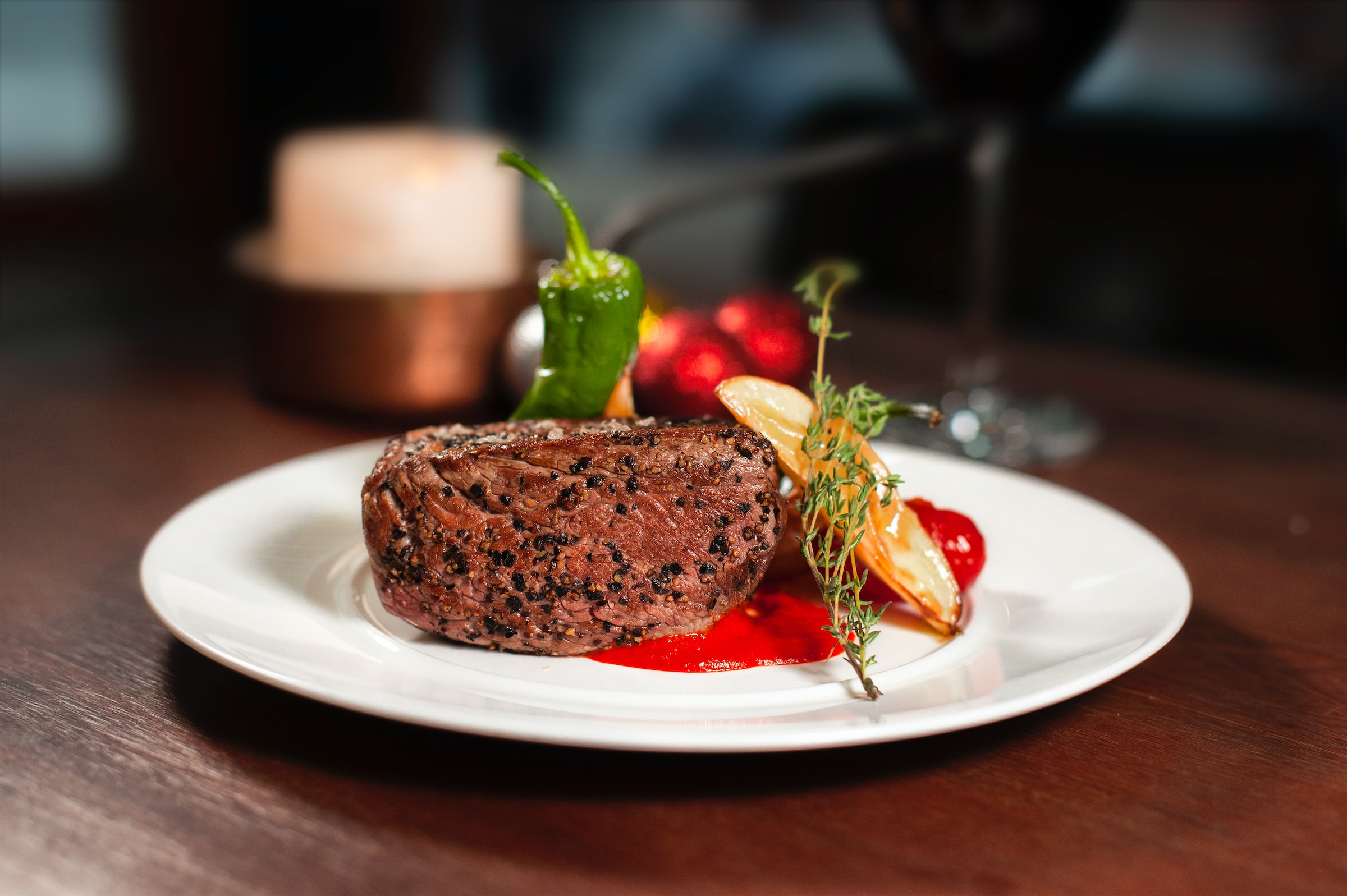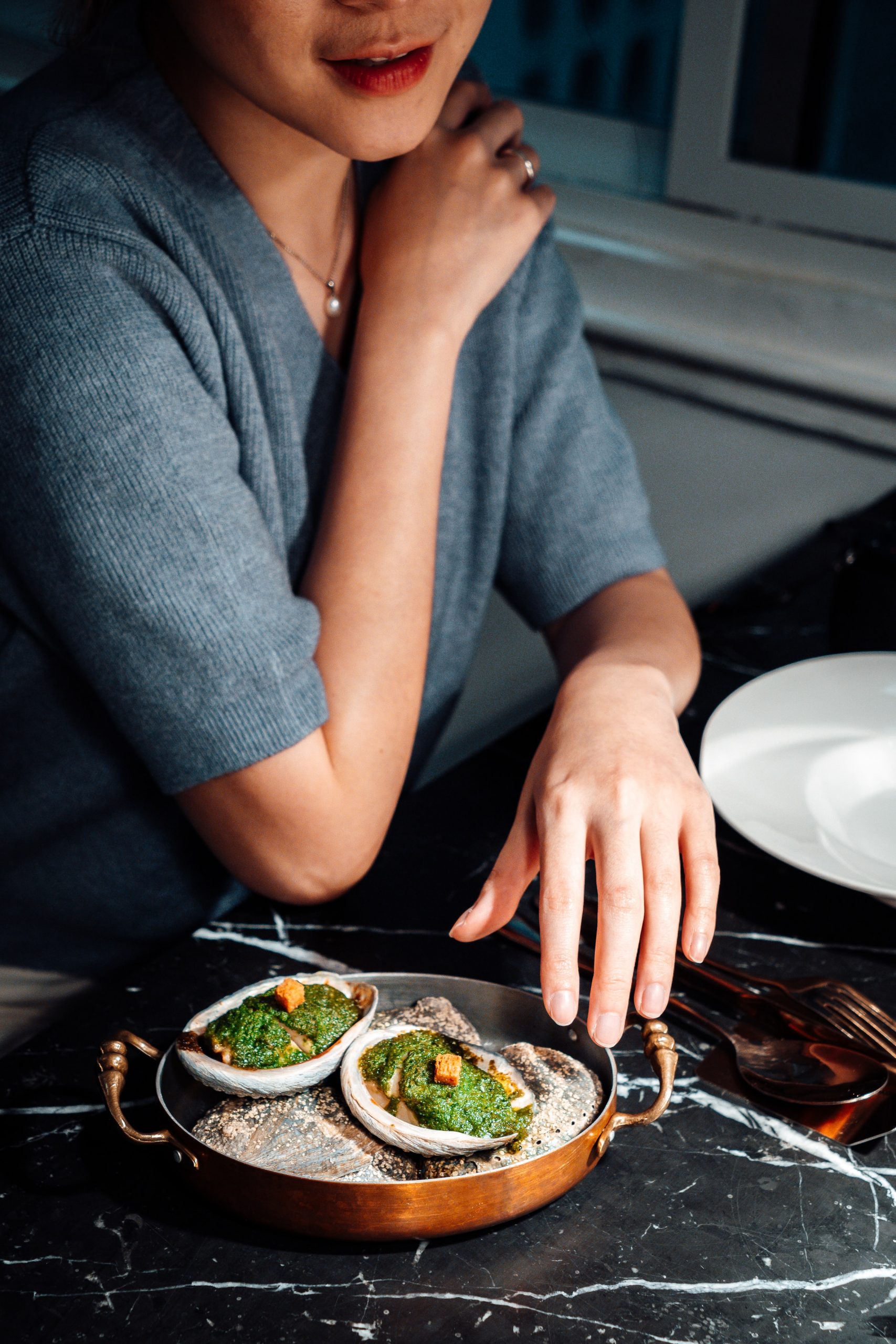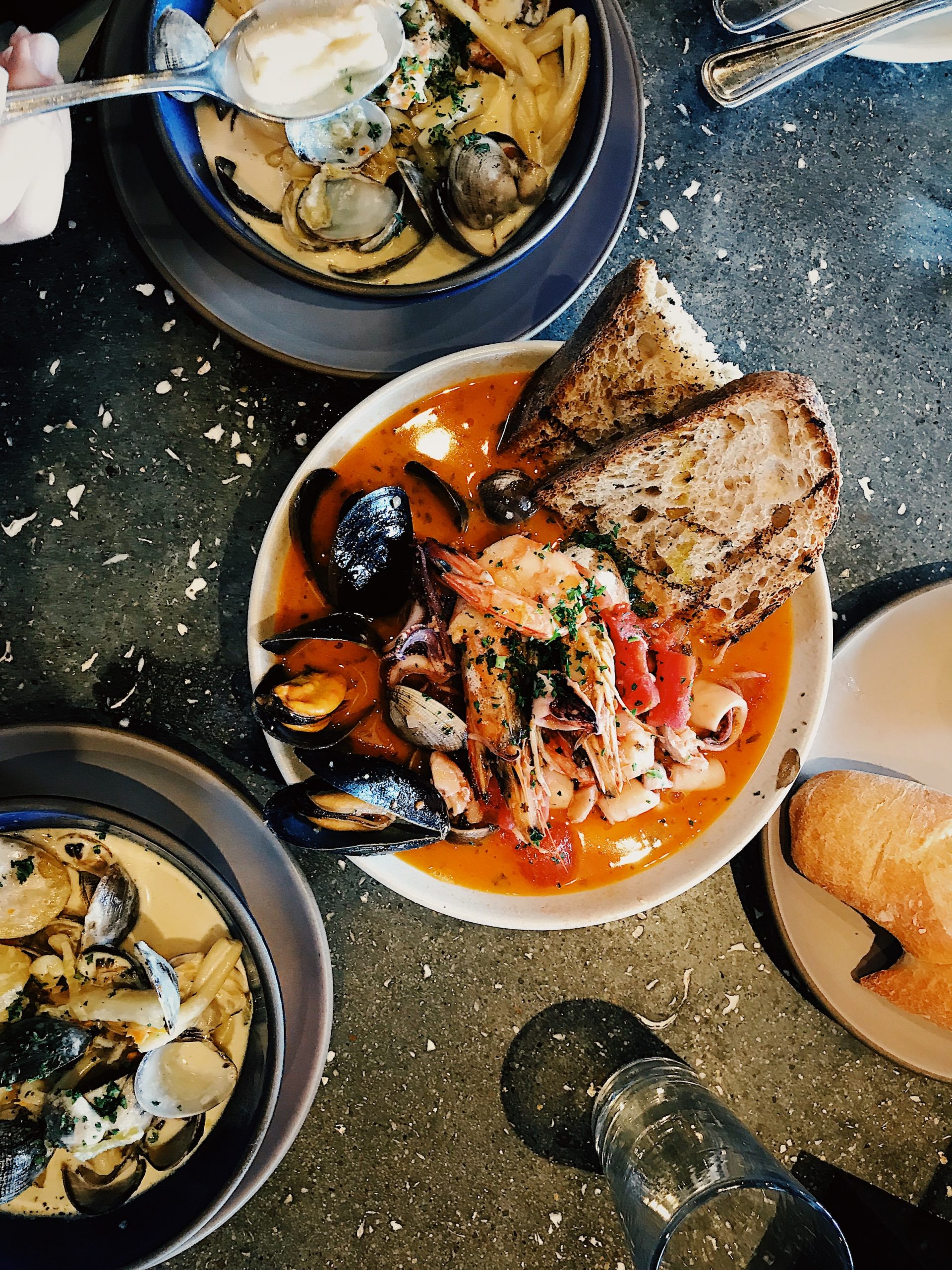Much like Italy, India or even China is a country with very distinct regions – and the food found in each area is incredibly unique. Catalonia, in the northeast, is where you’ll find some of
Much like Italy, India or even China is a country with very distinct regions – and the food found in each area is incredibly unique. Catalonia, in the northeast, is where you’ll find some of the country’s most celebrated dishes, served in the tapas bars of Barcelona, family-run restaurants in Girona, and in-home kitchens throughout the beautiful countryside. It’s also home to sixty-five Michelin-starred restaurants, putting Catalonia at the forefront of Europe’s fine dining scene.
Whether you’re planning to visit Catalonia or just want to recreate the flavors of the region in your own home, these are the dishes you need to try to get a real sense of the local cuisine. The ethos of Catalonian food is simple – take the best ingredients and allow their natural flavour to shine through.
Bread and tomato

Pa amb tomàquet, also called Pan con tomate in Barcelona, is a dish made of bread, tomato, and anchovies. The first preparation of this very popular Catalan dish dates back a century ago. Easy to make, you need a loaf of pagé bread, a ripe tomato, and enough olive oil to delight your taste buds. This traditional dish is accompanied by sausage to make it a success.
The stew
Escudella is a dish served since the 14th century. This stew and meatball are rich in calories and are often eaten on Christmas Day. All social strata enjoyed it and continue to eat it to this day.
The fish stew or Suquet de peix is also one of the most popular dishes in the region. Clams and prawns are the main ingredients of this soup, but you can find monkfish and a saffron sauce to make the stew even tastier.
Allioli
Allioli, or simply garlic and oil, in French, is a delicious sauce used as a side dish for hot dishes. It often accompanies the local alternative to paella: Fideuá.
However, aioli can also be a real main course. Filled with salted cod, it can be eaten with potatoes, beets, carrots, etc.
The fricandeau

How can we talk about Catalan gastronomy without mentioning the Fricandó? It is a dish made up of a fine fillet of meat cooked with mushrooms. This dish has been eaten since medieval times, and Catalans still enjoy it to this day. In Catalonia, many restaurants with a Catalan specialty offer this dish in large quantities.
The Calçot
There is no shortage of Catalan delicacies: calçotada with romesco sauce. This dish is made with a small, tender onion that is usually cooked over an open fire. Composed of tomato, fried bread, toasted almonds, chili peppers, garlic, vinegar, and various herbs and spices, this sauce is always present at large meals. Prepared with local vegetables, it is eaten with a special technique to enjoy its taste. Served in an old newspaper, the calçot must be lifted before putting it in the mouth.
The Catalan cream
Catalonia is also famous for its refreshing dessert. If you hear the locals talking about “San Josep”, this is the cream they are talking about. Considered one of the oldest desserts in Europe, this dish can be found in every restaurant in the region. When talking about traditional food in Barcelona, it is impossible not to mention this crème brûlée. Made of milk, egg, sugar, and a little bit of lemon and cinnamon, it has a crunchy appearance. To taste it, just go to a restaurant offering Catalan cuisine.
The snails

Conill amb cargols is a dish made of rabbits and snails. Lovers of fine cuisine will discover a special flavor in this mixture. During the long winter evenings, Catalans enjoy this typical dish. To reveal the flavor of this dish, the cook cooks the snail but does not boil it.
The locals have been eating large quantities of the grey snail variety for centuries. If they are not cooked in Catalan sauce, they are cooked in cargolade.
Sound off in the comments section below, and tell us what you want to read next and if you want to read more about Catalonian cuisine.

